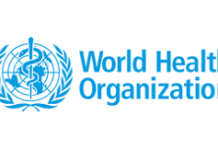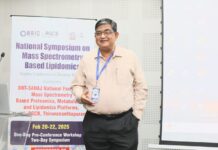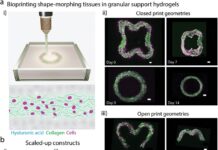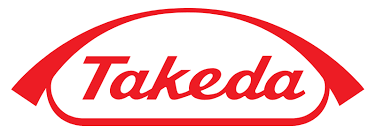Takeda Pharmaceutical’s Soticlestat, a drug in development for rare forms of epilepsy resistant to anti-seizure medications, has not met the primary objectives in two pivotal placebo-controlled studies. This development is a setback for the Japanese pharmaceutical company’s neuroscience pipeline.
In a Phase 3 trial for Dravet syndrome, Soticlestat narrowly missed the main goal of reducing convulsive seizures. However, Takeda reported encouraging outcomes on six secondary measures. In another Phase 3 trial for Lennox-Gastaut syndrome, the drug did not meet the primary endpoint of reducing seizure frequency.
Despite these setbacks, Takeda noted that some patient subgroups showed significant improvements in both primary and secondary efficacy endpoints, including caregiver and clinician global impressions of improvement, seizure intensity, and duration over the 16-week treatment period. The drug, taken twice daily, was well tolerated, maintaining a safety profile consistent with earlier trials.
As reported by MedCity News, Soticlestat is designed to block cholesterol 24-hydroxylase (CH24H), an enzyme linked to epilepsy. Originally developed by Takeda and later outlicensed to Ovid Therapeutics in 2017, soticlestat had previously shown promise in a Phase 2 study.
Sarah Sheikh, head of Takeda’s neuroscience therapeutic area unit, acknowledged the disappointing Phase 3 results but emphasized the need for better treatments for rare epilepsy forms. She expressed optimism about engaging health authorities to find a path forward based on the encouraging secondary outcomes and Phase 2 data.
























